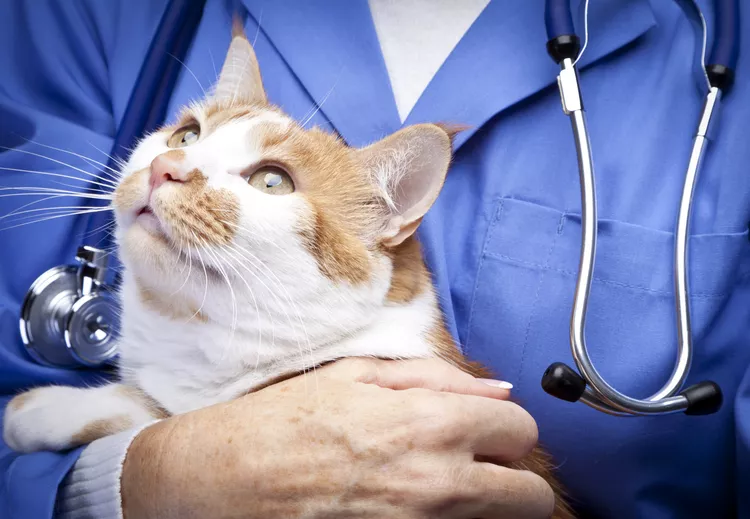
Kidney disease is a general term for many conditions that may affect kidney function in cats. The most common form of kidney disease in cats is called chronic kidney disease, a slowly progressive condition with gradual loss of function of the kidneys over time. Regular kidney function screening on routine bloodwork and urine tests should be part of your cat's regular check-ups.
Here's everything to know about the signs, causes, and treatment of kidney disease in cats.
Kidney disease is a general term for any condition that affects the kidneys and results in decreased kidney function. The kidneys play a vital role in the body and are responsible for filtering the blood. This includes removing toxins and waste products that are then excreted as urine while preserving important balances of electrolytes and water to maintain hydration and normal blood pressure. The kidneys also secrete important compounds that help maintain blood pressure and stimulate red blood cell production.
Many diseases can impact the kidneys and lead to a temporary or permanent reduction in their function. This includes short-term problems such as infections, kidney stones, traumatic injuries, and/or certain toxins. Sometimes, the kidneys can recover completely from these conditions and they return to normal function. Other times, these conditions cause permanent damage that might reduce kidney function and lead to a condition called chronic kidney disease.
Depending on the underlying cause of the kidney disease, signs may vary, especially if a cat has acute or chronic kidney disease. The main symptoms a pet parent might notice include:
Kidney disease has many different causes, and in many cases, veterinarians do not find a specific cause, especially for chronic kidney disease that may have developed gradually over time.
However, some of the most common causes of kidney disease in cats include:
Vets will run various tests to diagnose kidney disease, including blood and urine tests. Elevations in certain values, including the BUN (blood urea nitrogen) and creatinine usually indicate decreased kidney function. Additional findings common with kidney disease can be elevated phosphorus and changes in potassium levels.
If your vet finds any of these issues in your cat's tests, they will want to perform additional testing, like a urine culture, an abdominal ultrasound, and check blood pressure. Based on these findings, a cat’s kidney disease can be staged using the IRIS Staging System to classify how severe and advanced the disease is from stages 1 through 4.
Treatment of kidney disease will be different for acute versus chronic kidney disease, and depends on the underlying cause, but some of the basic ideas are consistent for both.
In the acute phase, cats are often hospitalized for more aggressive therapy. The goal of treatment in this state is give the kidneys time to recover while supporting your cat with IV fluids and medications to reduce symptoms. Cats typically remain in the hospital long enough to see if their kidney values come down to the normal range or if they plateau at a higher point, suggestive of permanent kidney damage.
In severe cases, cats may benefit from dialysis while their kidneys recover, however, only a few facilities in the country offer dialysis for cats. Cats may continue to improve after leaving the hospital and their kidney values can still return to normal days or weeks later.
In the chronic phase, treatments are aimed at slowing the progression of the disease and managing the cat's symptoms. Cats with chronic kidney disease benefit from extra fluids daily to maintain hydration. This might mean feeding canned food only, mixing extra water into their food, or even giving them fluids under the skin daily. Depending on how advanced their disease is, they may need a special kidney diet or medications to reduce nausea, stimulate their appetite, or reduce pain.
Prognosis varies greatly for cats with kidney disease, depending on whether it is acute or chronic and the suspected underlying causes. For cats with acute kidney disease that can be cured, such as those with an infection, the prognosis is excellent if they are treated right away and their kidney values return to normal after treatment. For cats with more severe acute kidney injuries that have persistently elevated kidney values, as well as older cats with chronic kidney disease, the prognosis varies based on how advanced their disease is and how quickly it progresses.
In the majority of cases, kidney disease cannot be directly prevented. A few situations are preventable, such as access to toxins that could damage the kidneys. If you live with a cat, keep toxins like antifreeze, human medications, and toxic plants out of reach or out of the home entirely. Regular, annual check-ups and monitoring can help catch signs of early disease on blood and urine tests, so these should be performed annually for all cats and every six months for senior cats.
Most forms of kidney disease are not contagious between cats or from cats to other species of animals or humans.
Cats with chronic kidney disease can benefit from a kidney diet that is slightly lower in protein and phosphorus. However, often cats with advanced kidney disease have a poor appetite and feel nauseous, and in those cases, your vet may recommend feeding them whatever they will tolerate.
Up to 30 percent of cats over age 15 have some degree of chronic kidney disease. It is one of the most common causes of death for all cats over age 5.
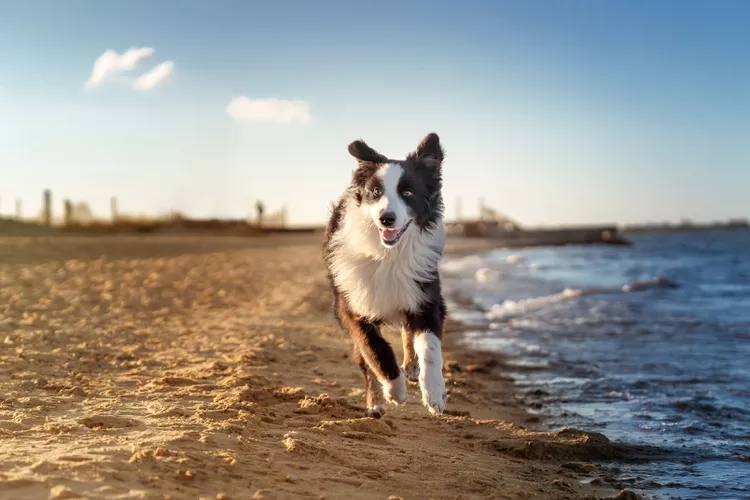
Exploring the Different Types of Pet-Friendly Beaches
Are you looking for pet-friendly beaches? Learn about the different types of pet-friendly beaches, their locations, and tips for visiting them with your pet.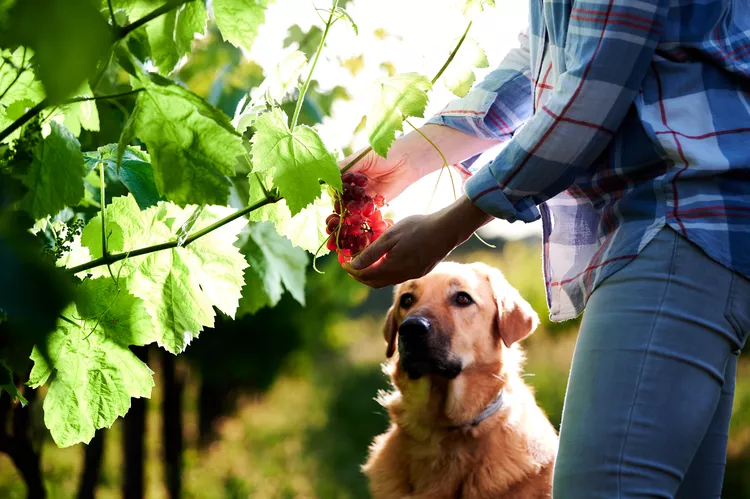
Exploring Pet-Friendly Wineries: Types, Locations, and More
Discover the different types of pet-friendly wineries, where to find them, and what to expect when you visit. Learn more with The Spruce Pets.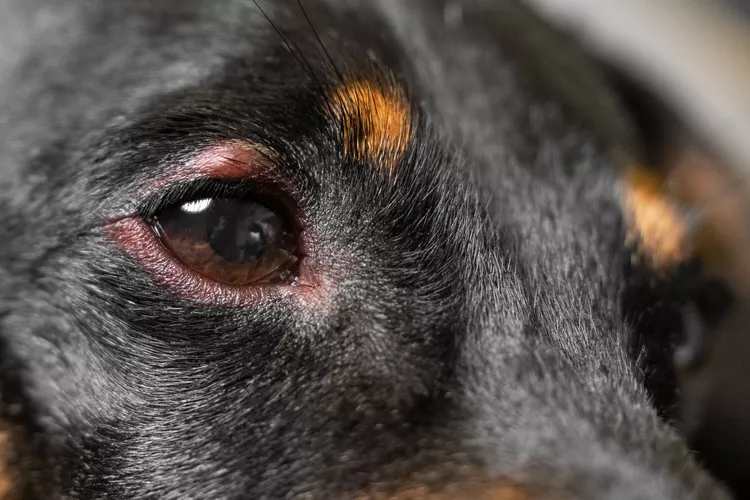
Why Is My Dog’s Eye Swollen?
If your dog's eye is swollen, she may need veterinary attention. The inflammation could be caused by allergies, an injury, or even a tumor.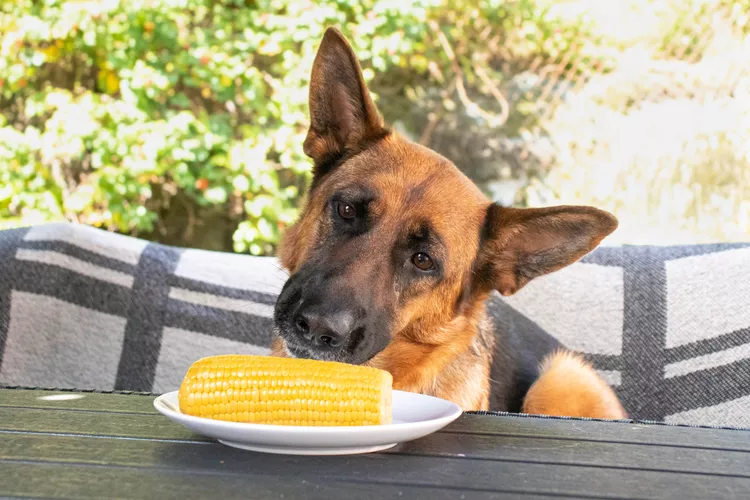
Can Dogs Eat Corn on the Cob?
Dogs love chewing on corn cobs, but this can cause serious harm. Learn about the dangers of corn cobs and find out what to do if your dog eats one.
Can Dogs Eat Papaya? What to Know About Sharing This Tropical Fruit With Your Pup
Papaya is safe for dogs in moderation, and it can even provide some nutritional value for them. However, too much can cause digestive upset, and it's not suitable to share with dogs with certain health conditions.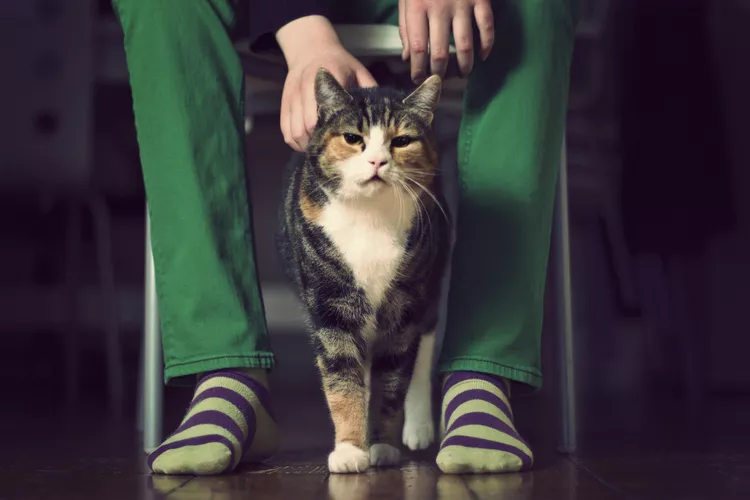
65 Irish Cat Names
Irish cat names can pay homage to historical places, local cuisine, famous Irish actors and musicians, or other wonderful aspects of the Emerald Isle.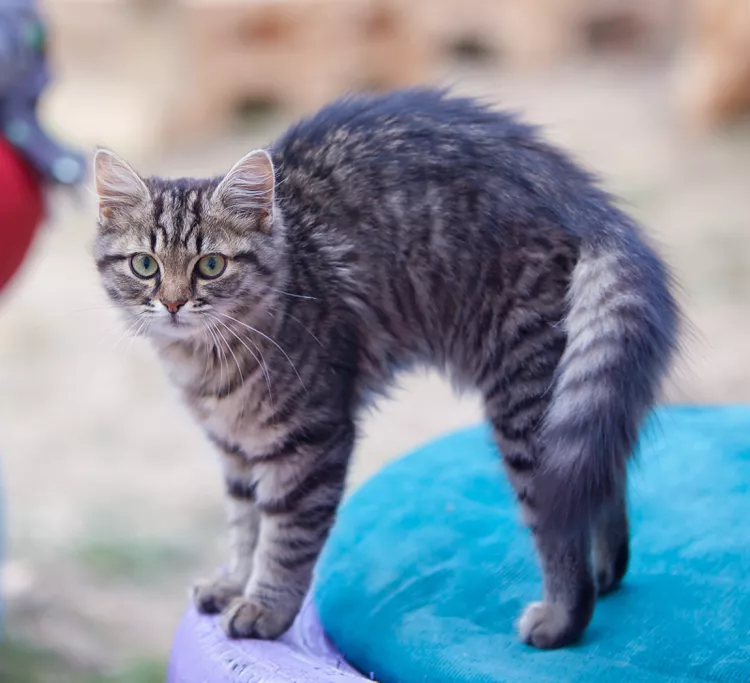
Feline Hyperesthesia Syndrome (FHS) in Cats
Rippling skin is more than dermal sensitivity in cats. It can be a sign of Feline Hyperesthesia Syndrome. Learn the causes, treatment, and prevention.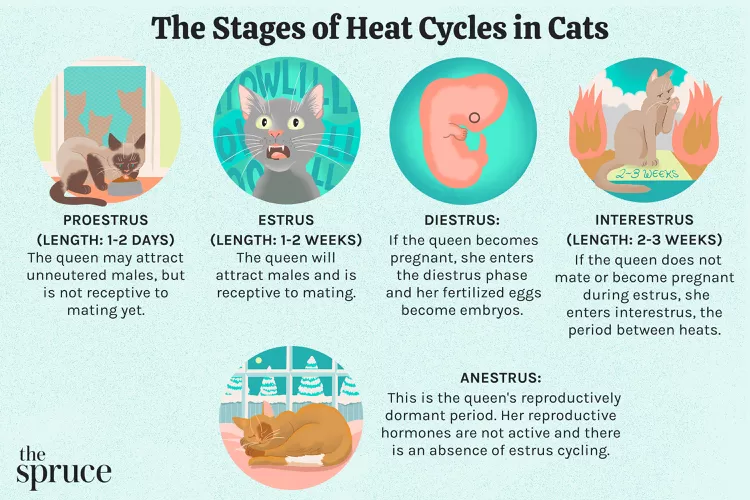
How Long Are Cats in Heat?
How long are cats in heat? Learn about the heat cycles of cats, also called estrus, as well as the reasons you should spay your cat.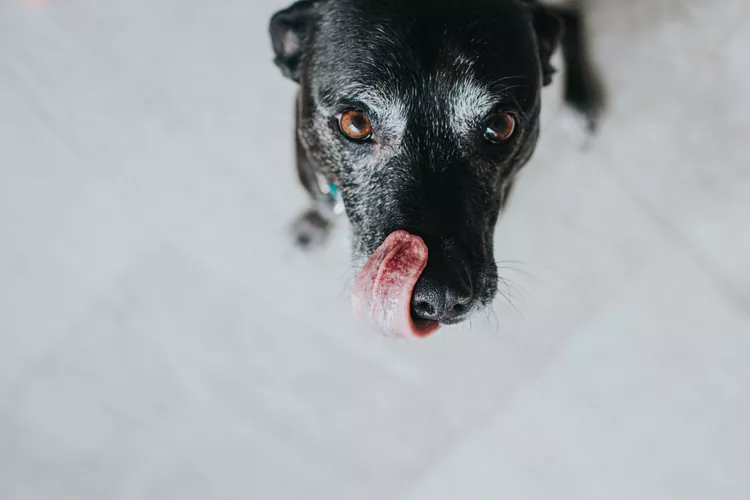
Can Dogs Eat Raw Chicken Feet?
What are the potential health benefits of chicken feet for dogs? What are the risks?
Is Eucalyptus Safe for Cats?
Many products containing eucalyptus are not safe for cats, and it is important to be aware of the risks to your cat.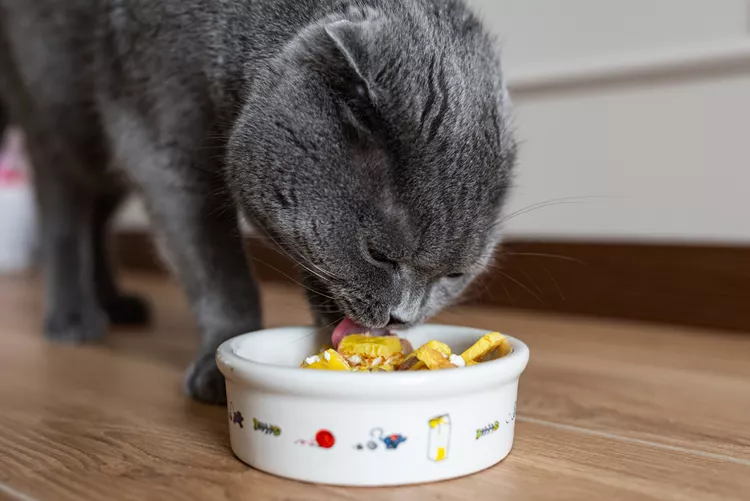
What You Need to Know About Homemade Cat Food
If you want to cook for your cat, make sure to read about the risks associated with homemade diets for cats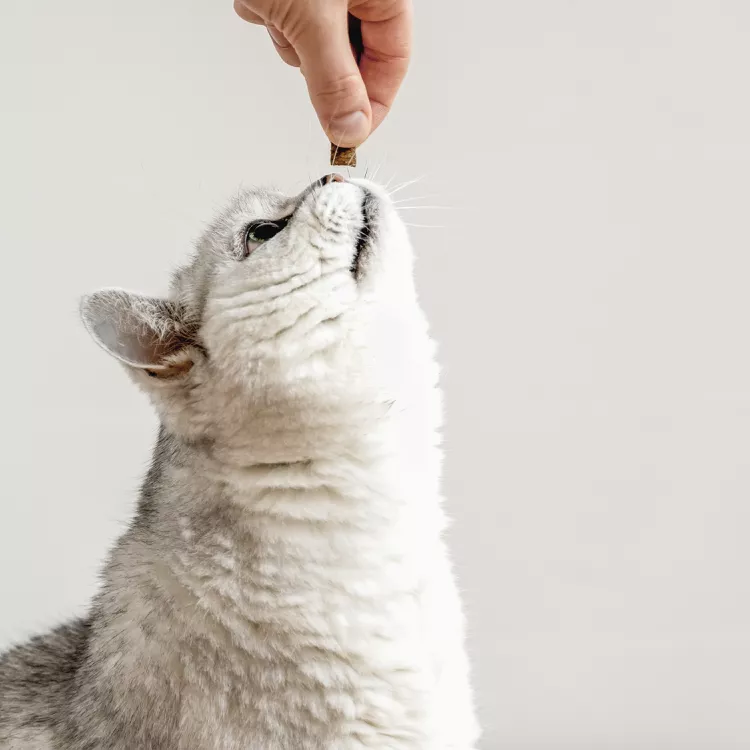
Can Cats Eat Peanut Butter?
Peanut butter is not toxic to cats, but it might not be the best choice of treat for them.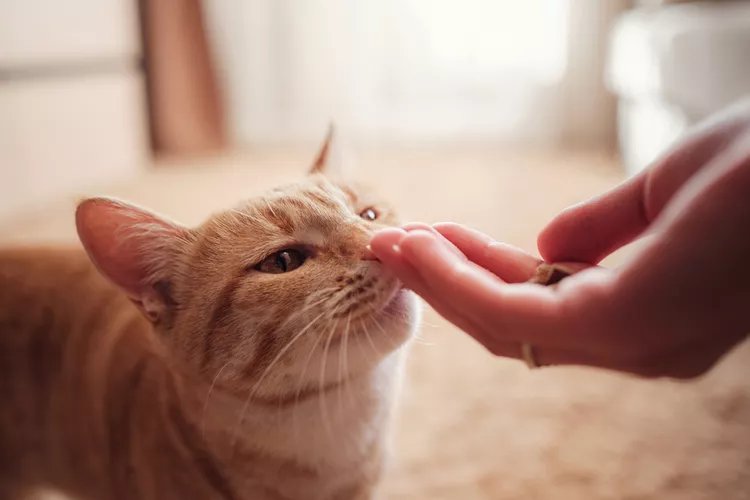
Can Cats Eat Cheese?
Can cats eat cheese? Is it healthy for them? How much can they eat and what should you do if you fear your cat has eaten too much cheese?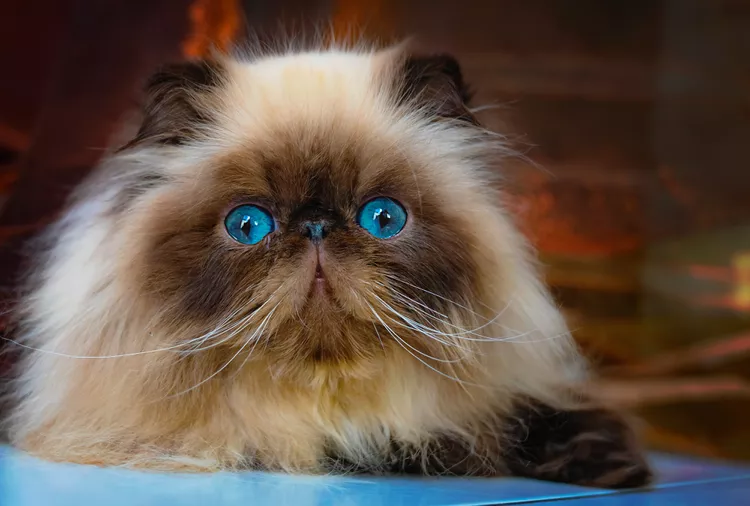
8 Flat-Faced Cats with the Cutest Smooshed Faces
These flat-faced cat breeds have a distinct and adorable appearance. Learn about their origins and traits, and the potential health risks tied to their unique facial structures.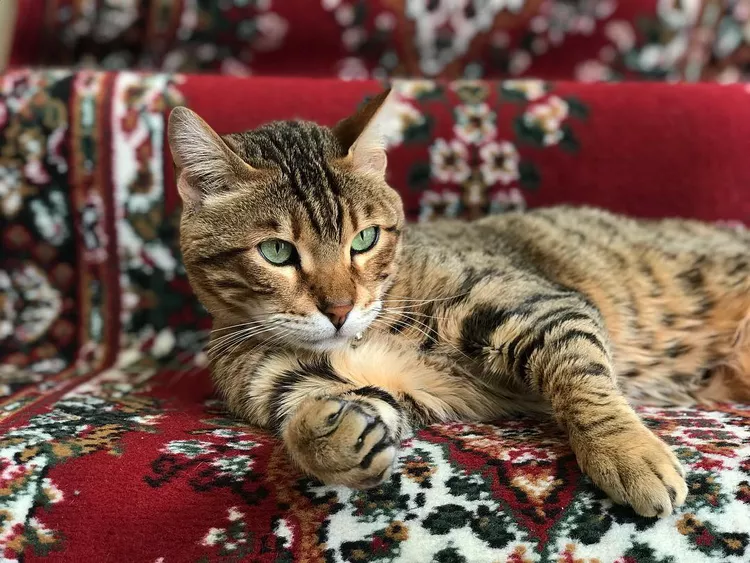
Pictures and Facts About Bengal Cats and Kittens
Bengal cats are a cross between wild cats and domestic cats. Learn more about what they look like and pictures of this beautiful spotted breed.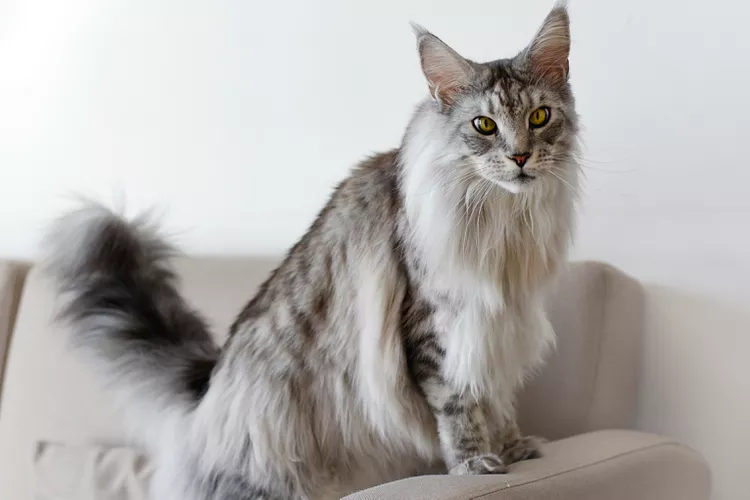
Top 10 Big House Cats
Larger cat breeds, like Maine coons and savannahs, deserve just as much love as their petite counterparts. These big house cats tip the scales.
Cairn Terrier: Dog Breed Characteristics & Care
The cairn terrier is a spunky, affectionate, and intelligent dog from Scotland. The breed became famous when one played Toto in The Wizard of Oz. Learn about the temperament, history, health, and care needs of the cairn terrier dog breed.
Reasons Why Dogs Grind Their Teeth
Some dogs grind their teeth. Learn why dogs grind their teeth and if it can be harmful. Find out what to do about teeth grinding in dogs.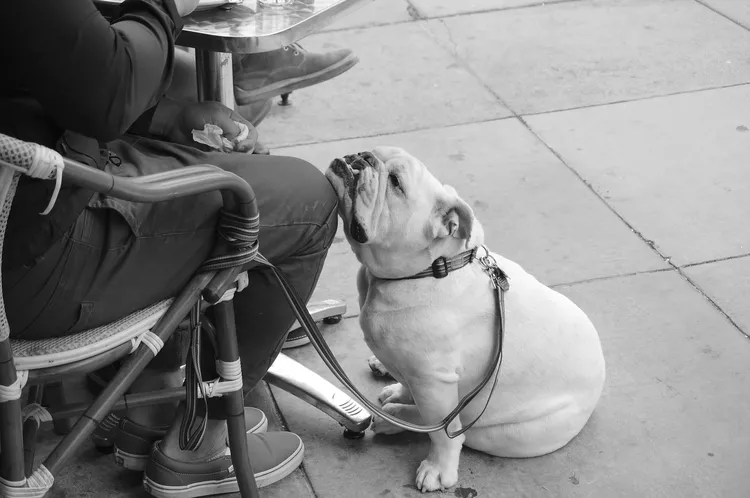
This Is Why Some Dogs Lean on People
Certain dogs really love leaning on their humans. What does this mean? Find out why dogs lean on people and if this is ever a problem.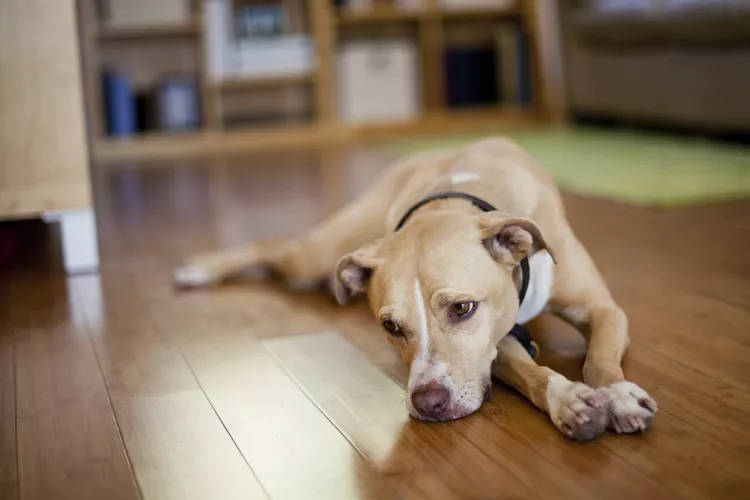
Can Dogs Get Depression? How to Help Your Sad Dog
Can dogs get depression? Learn about the signs of depression in dogs and find out how to help your sad dog.